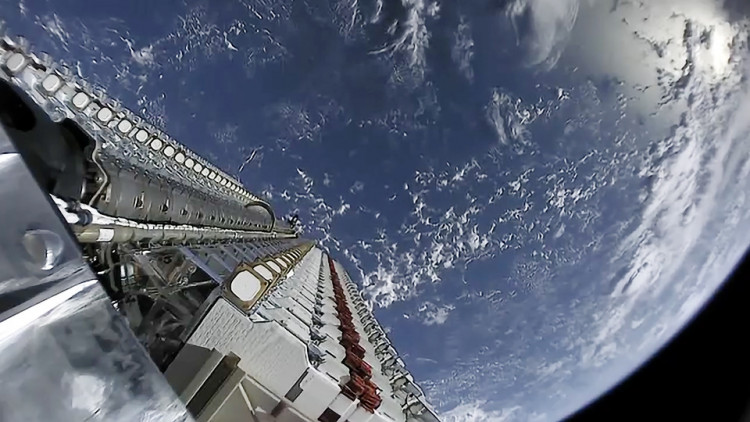SpaceX's Starlink has quietly launched its lowest-priced internet plan yet, offering users satellite broadband access for just $40 per month-but at a significant performance trade-off. The new "Residential 100Mbps" tier limits download speeds while remaining available only in select regions of the United States, according to reports from early adopters and academic observers.
The new pricing represents Starlink's most aggressive move to date in a highly competitive broadband market. Current U.S. subscribers pay around $120 per month for the standard Residential plan or $80 for Residential Lite. The new option lowers the barrier to entry for satellite connectivity but caps download speeds at 100Mbps.
SpaceX said the new tier is "designed as a simpler option for smaller households that don't require the higher throughput of Residential Lite and/or Residential service." The company added that the plan is aimed at lighter users-families or individuals primarily browsing, video calling, or streaming in HD rather than handling 4K content or large data downloads.
Despite the slower speeds, the plan includes unlimited data with no restrictions on upload performance. SpaceX has positioned the offer as a middle ground between affordability and reliability, particularly for users in underserved areas where terrestrial internet infrastructure remains limited.
Early reports suggest the rollout is limited to parts of Nebraska, Minnesota, and Nevada, according to screenshots shared by University of Victoria computer science professor Jianping Pan and Reddit users who reported seeing the $40 tier appear in their Starlink accounts. The company's website indicates that subscribers may be eligible to switch plans "if it appears as an available option in their account," hinting that SpaceX is managing availability based on network demand and regional capacity.
Starlink's coverage map continues to show variation by geography, with congested zones often restricted to higher-priced service tiers. In lower-traffic areas, the company appears to be piloting the new plan to test performance and uptake.
Industry analysts note that Starlink's $40 plan directly challenges traditional internet service providers (ISPs) on pricing while retaining its advantage in rural access. Many cable or fiber ISPs charge roughly $80 per month for similar 100Mbps speeds, but their reach remains concentrated in urban and suburban markets. For households in remote regions, Starlink's satellite-based approach can represent a transformative upgrade over legacy DSL or fixed wireless connections.
However, SpaceX cautioned that the new plan "is not designed for heavy users or large households with multiple simultaneous high-bandwidth activities," underscoring the likelihood of performance slowdowns during intensive use. That warning positions the plan as a budget-friendly alternative rather than a full replacement for higher-end broadband users.
The $40 launch follows a year of dynamic pricing adjustments and hardware discounts as SpaceX pushes for mass-market adoption. The company surpassed two million active subscribers in 2024, a milestone that solidified its status as one of the largest broadband providers in the United States.




